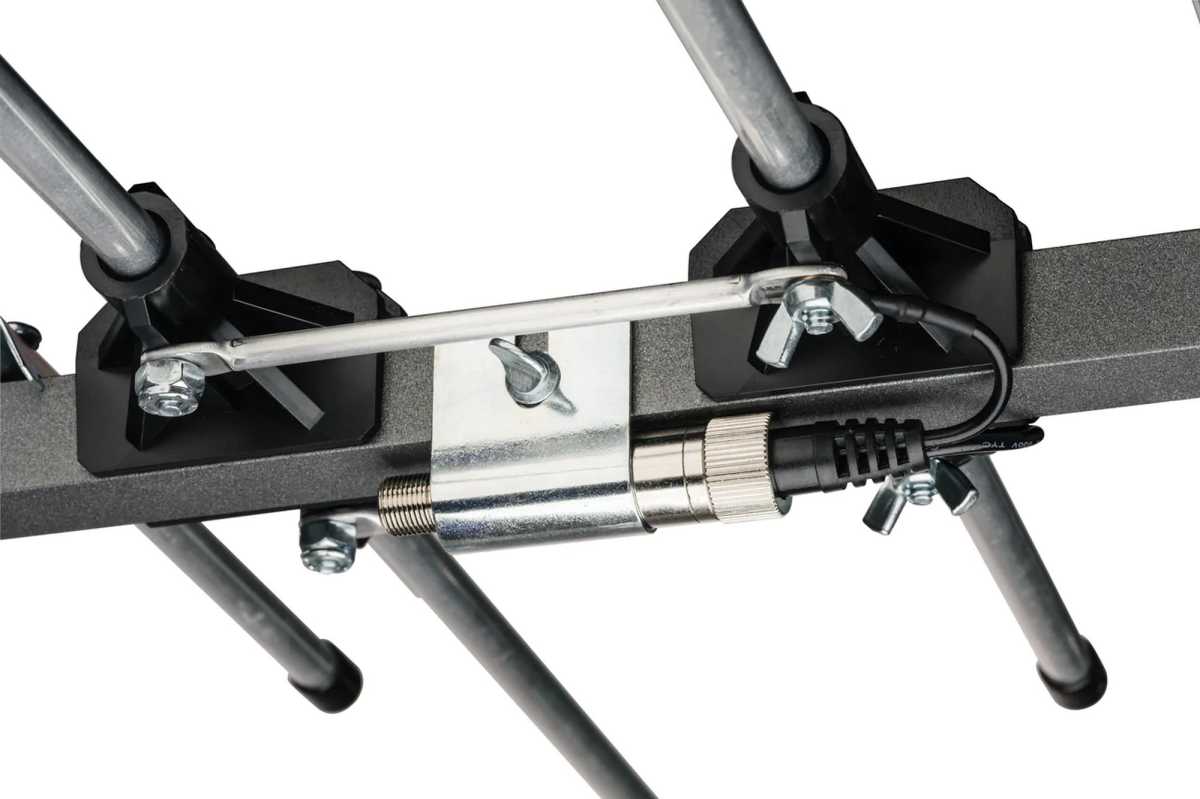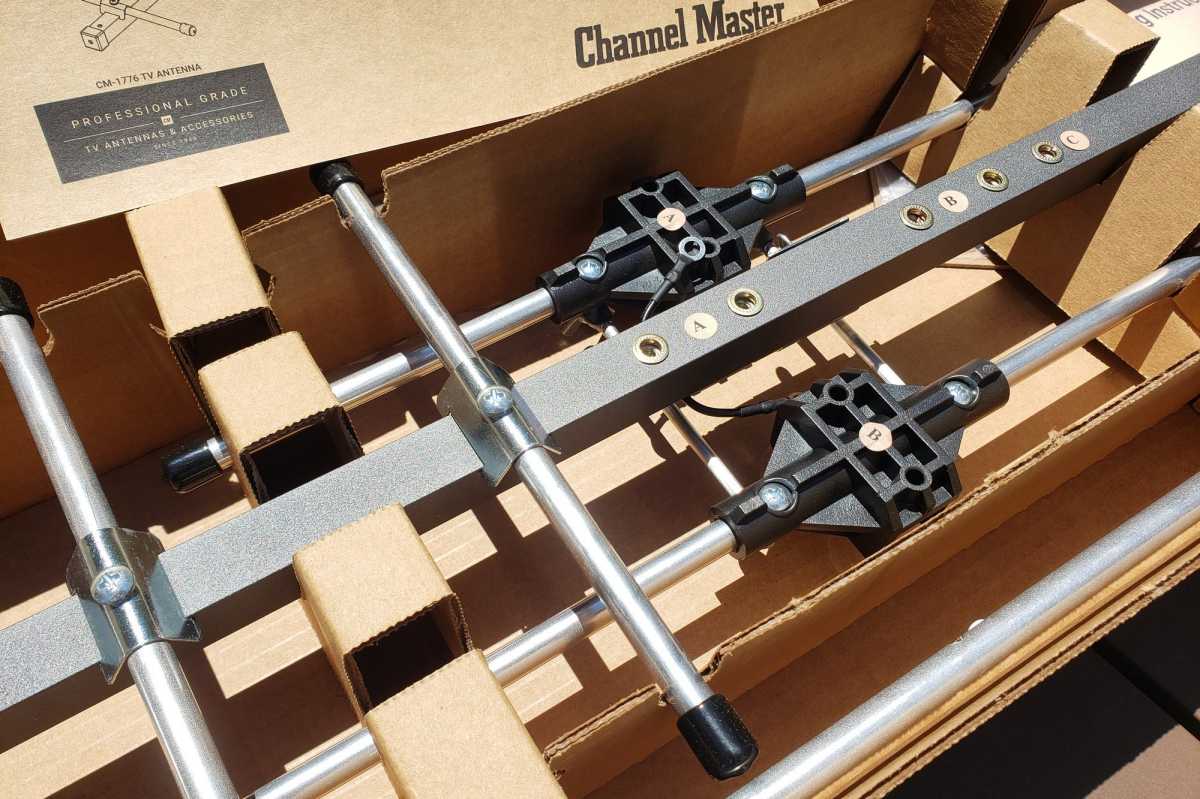Expert’s Rating
Pros
- High-quality components and construction
- Tuned to reject interference from 5G signals
- Smaller and less visually obtrusive than many external antennas
Cons
- Not suitable for fringe or extreme reception of distant signals
- Trades size for the ability to pull in signals from distant broadcast towers
Our Verdict
The Channel Master CM-1776 is a very well-made outdoor TV antenna that will look good on any house or apartment and is suitable for use in areas of high to medium signal strength.
If you want solid, reliable TV reception our advice is always the same: use an external antenna. There are lots of great indoor antennas (and we review them), but nothing can beat an external antenna for signal strength and reliability. Unfortunately, North American homeowners often go with inferior indoor antennas because they don’t like the look of a TV antenna on their house.
If that’s you, take a look at the Channel Master CM-1776. Not only is it very well made, but it looks better than the average antenna and offers reliable reception in areas of strong to moderate signal and it isn’t huge.
The antenna is Channel Master’s new flagship and is made at the company’s factory in Arizona. The company says it’s a premium antenna, and when I opened the box, I was immediately impressed with its quality. The antenna is well engineered, uses quality components, and feels solid.
This review is part of TechHive’s in-depth coverage of TV antennas.

The Channel Master CM-1776 outdoor TV antenna will reject interference from 5G cellular networks.
Channel Master
While the CM-1776 is an outdoor antenna, it isn’t huge. Some external antennas can dominate a roof line; this one doesn’t. It appears quite big on the ground, but once you get it up on the roof, it will look a lot smaller. One reason is because it isn’t designed to pull in weak stations from far away. In our tests, we found it worked very well for local stations, but distant signals were a challenge.
Antennas will always do best when installed as high as possible, but because the CM-1776 is relatively small, it can be attached to a mast from the end rather than the center, and you can mount it on a side wall to reduce its profile even more.
Which channels will the CM-1776 pull in?
One of the big advantages of the CM-1776 is that it’s been designed to reflect the reorganization of the TV spectrum that occurred in the last few years, resulting in channel 38 and above being reallocated to 5G cellular service.

The Channel Master CM-1776 is very well built.
Martyn Williams/Foundry
5G signals can affect your TV reception, especially if there is a powerful tower near your house and the TV signal you’re trying to pull in is weak. Older antennas actually amplify the 5G signals because they reside on frequencies formerly used for television broadcasting. The CM-1776 was designed to work up to 608MHz, so that should help minimize potential 5G interference.
The antenna works from 54MHz to 216MHz, which are the low and high VHF bands, and from 470MHz to 608MHz on the UHF band. After the reorganization, most TV stations broadcast on high VHF or UHF. You can find out where your local stations are through the Rabbit Ears website.
So, how did it do in our tests?
How does the Channel Master CM-1776 perform?
The CM-1776 worked well on almost all local TV stations. Signals were reliable and error free on all the main network affiliates, and it received a good signal from the main station transmitting the new ATSC3.0 “NextGen” TV format.
It had problems on a couple of weaker local stations and some out-of-market signals, but those require a larger antenna for successful reception and the CM-1776 isn’t designed for fringe reception, so it’s difficult to criticize that. Installation was easy and the quality of the antenna and parts really shone through. The bolts and brackets were all solid and the antenna felt like it would last for years. Channel Master sells a companion mount and tube, but I installed it in place of my existing antenna for the tests.




